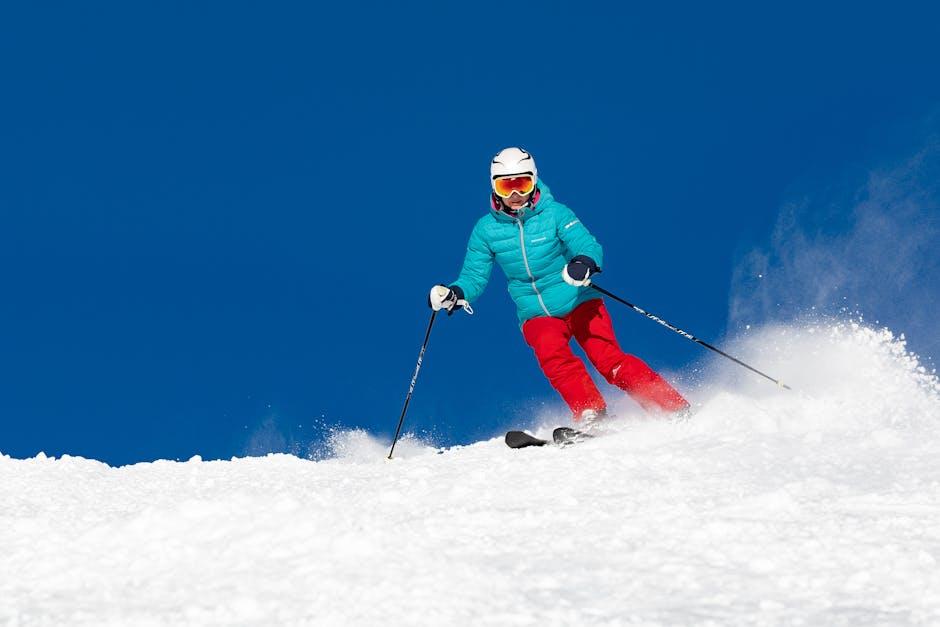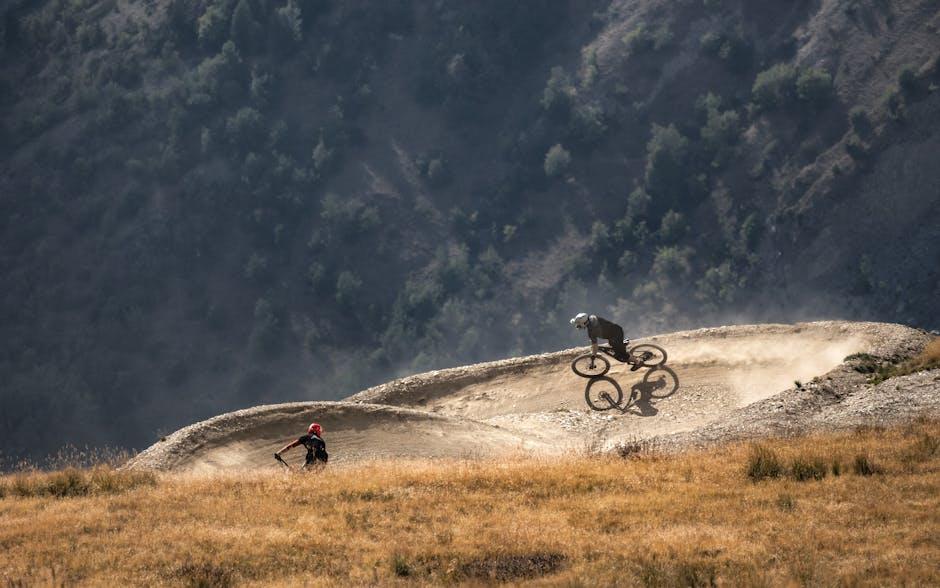Downhill mountain biking is an exhilarating sport that combines the thrill of speed with the challenges of rugged terrain. However, with this excitement comes an undeniable need for safety, making the choice of a helmet not just important, but essential. Selecting the right helmet can be the difference between a safe ride and a perilous one, as it serves as the primary line of defense against potential head injuries. In this comprehensive guide, we will delve into the critical factors to consider when choosing the best helmet for downhill mountain biking. From understanding safety standards and material technology to evaluating fit and comfort, this article aims to equip you with the knowledge needed to make an informed decision, ensuring that your adventures are not only thrilling but also safe.
Understanding Safety Standards and Certifications for Downhill Helmets
When selecting a downhill mountain biking helmet, it’s crucial to familiarize yourself with the various safety standards and certifications that ensure optimal protection. Helmets designed for this adrenaline-pumping sport must meet specific criteria to provide the necessary defense against high-impact collisions. Look for certifications such as CPSC (Consumer Product Safety Commission), ASTM F1952, and EN 1078, which are widely recognized benchmarks in helmet safety. Each of these certifications involves rigorous testing to assess the helmet’s ability to withstand impacts, penetrate resistance, and retain its structural integrity under stress.
Consider the following key points when evaluating helmet certifications:
- CPSC: A U.S. standard that focuses on impact protection and strap strength.
- ASTM F1952: Specifically designed for downhill mountain biking, this standard includes tests for high-speed impact and chin bar strength.
- EN 1078: A European standard that covers requirements for cycling helmets, including shock absorption and field of vision.
Understanding these certifications ensures that your helmet not only meets but exceeds the minimum safety requirements, providing peace of mind as you tackle challenging terrains.

Evaluating Helmet Materials and Construction for Optimal Protection
When it comes to safeguarding your head during high-speed descents, understanding the nuances of helmet materials and construction is crucial. Modern helmets are typically constructed using a combination of a hard outer shell and a foam liner, each playing a vital role in impact protection. The outer shell, often made from polycarbonate or fiberglass, serves as the first line of defense, distributing the force of a collision across a broader area. Meanwhile, the inner foam liner, usually composed of expanded polystyrene (EPS) or expanded polypropylene (EPP), absorbs the impact energy, reducing the risk of traumatic brain injury.
- Polycarbonate Shells: Lightweight and resistant to cracks, providing a sleek profile without compromising on strength.
- Fiberglass Shells: Offers superior impact resistance and durability, albeit at a slightly higher weight.
- EPS Foam: Commonly used for its excellent energy absorption and cost-effectiveness, although it’s designed for single-impact protection.
- EPP Foam: Known for its ability to withstand multiple impacts, making it a valuable choice for repeated use.
Additionally, consider the incorporation of MIPS technology (Multi-directional Impact Protection System), which allows for a small amount of rotational movement, further minimizing the risk of brain injuries during angled impacts. This innovative feature can be a decisive factor when selecting a helmet, as it provides an extra layer of protection without significantly increasing the weight or cost. By carefully evaluating these components, you can ensure that your helmet offers optimal protection tailored to the rigorous demands of downhill mountain biking.
Assessing Fit and Comfort: Key Factors in Helmet Selection
When selecting a helmet for downhill mountain biking, ensuring the right fit and comfort is paramount for both safety and performance. Proper fit begins with choosing the correct size. Measure the circumference of your head and compare it to the manufacturer’s sizing chart. A well-fitted helmet should sit level on your head, covering your forehead without tilting back or shifting side to side. It should feel snug but not tight, allowing for a secure fit without causing pressure points. Adjustable retention systems, such as dial-fit or slider mechanisms, offer personalized comfort and stability, which are crucial when tackling rugged terrains.
- Padding and Ventilation: Look for helmets with removable and washable padding, which provide cushioning and moisture-wicking properties. Adequate ventilation is vital to prevent overheating during intense rides.
- Chin Straps and Buckles: Ensure the chin strap forms a “V” shape under your ears and fastens securely. The buckle should be easy to operate yet robust enough to withstand impact.
- Weight and Balance: Opt for lightweight helmets that offer balanced weight distribution to minimize neck fatigue and enhance maneuverability.
Remember, a helmet that offers both fit and comfort not only boosts confidence but also ensures maximum protection during high-speed descents.

Exploring Advanced Features and Technologies for Enhanced Performance
When venturing into the world of downhill mountain biking, selecting a helmet with advanced features and cutting-edge technologies is paramount for optimal performance and safety. Ventilation systems play a crucial role in keeping you cool during intense descents. Look for helmets with strategically placed vents that promote airflow without compromising on protection. MIPS technology, or Multi-directional Impact Protection System, is another key feature that can significantly reduce rotational forces during an impact, providing an extra layer of safety.
Additionally, consider the helmet’s weight and aerodynamics. Lightweight materials like carbon fiber can reduce fatigue, allowing you to focus on your ride. Adjustable visors are essential for shielding your eyes from the sun and debris, while integrated goggle compatibility ensures a seamless fit and optimal vision. Removable and washable liners add convenience, keeping your gear fresh after muddy adventures. These features, combined with a secure fit system, ensure that your helmet not only enhances performance but also offers peace of mind as you tackle challenging terrains.










